Woman
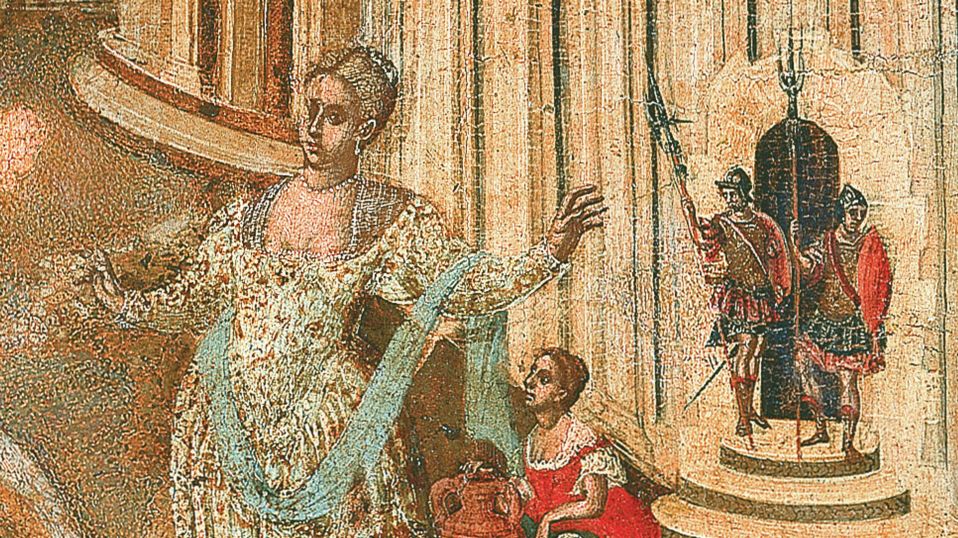
As in every era and in every civilization, so in the Byzantine and post-Byzantine period (4th-19th c.) the role of the woman is multifaceted. An insight into her life, her public and private presence is provided to us by the objects of this virtual tour. Some of them she uses some she manufactures while some others simply illustrate her.
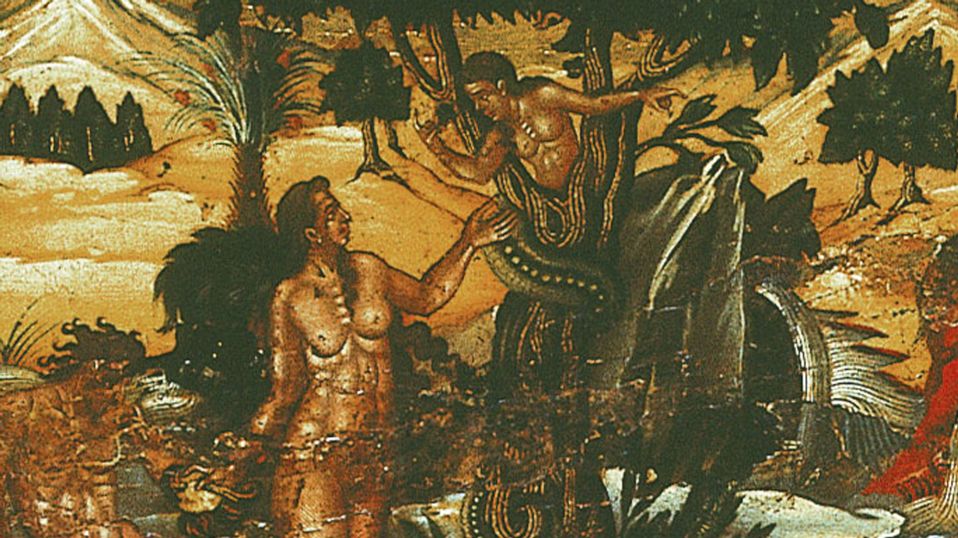
According to the Christian philosophy, it is because of a woman that the humankind was expelled from Paradise, since Eve which was created from Adam's rib, committed the original sin. Nevertheless, it is thanks to a woman that humanity will regain the eternal redemption, as the Virgin Mary gave birth to Christ-Saviour of the world. Some women became ascetis, like Mary of Egypt, while others were declared saints thanks to their faith in Christ.
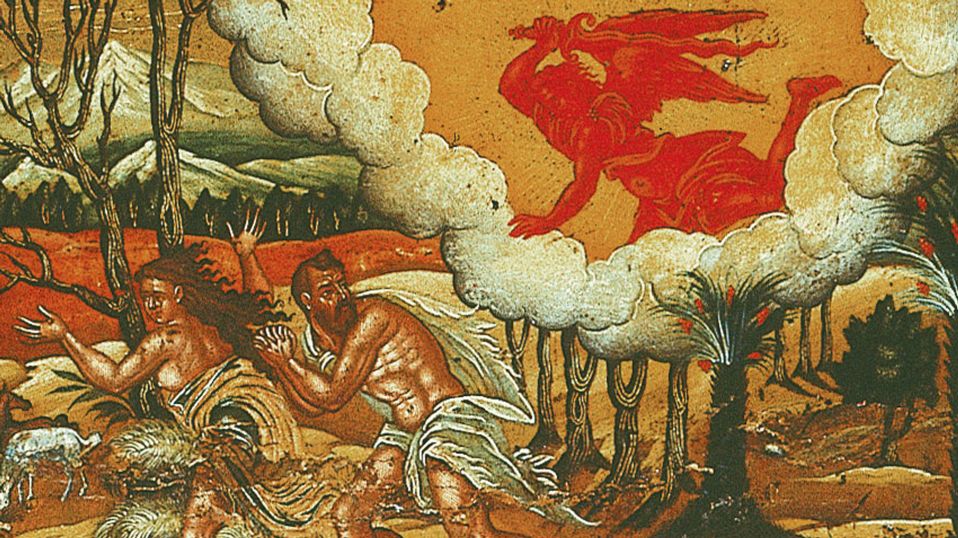
Icon. Scenes from Genesis. It is attributed to Konstantinos Kontarinis. Early 18th c. In the upper zone the creation of Eve, while in the lower the depiction of the Original Sin
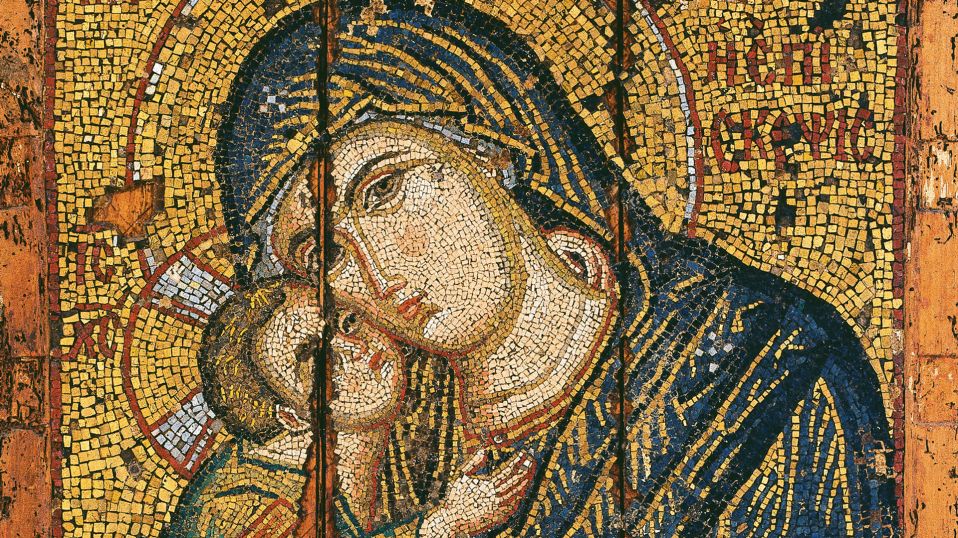
Virgin Episkepsis. Mosaic icon with the Virgin and Child. Late 13th c. From Triglia, Bithynia, Asia Minor. This particular type of the Virgin, in which the two faces are touching, cheek to cheek, is known as the Glykophilousa. This type presents the Virgin in her capacity as mother, while at the same time emphasizing her role as protector of mankind.
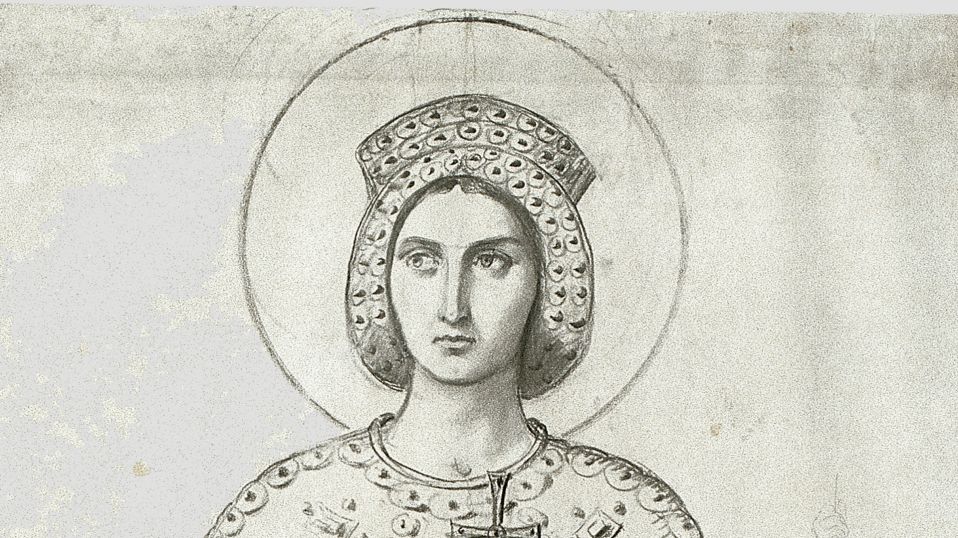
Saint, probably martyr; she is holding a cross in her right arm. Drawing by Ludwig Thiersch. 19th c.
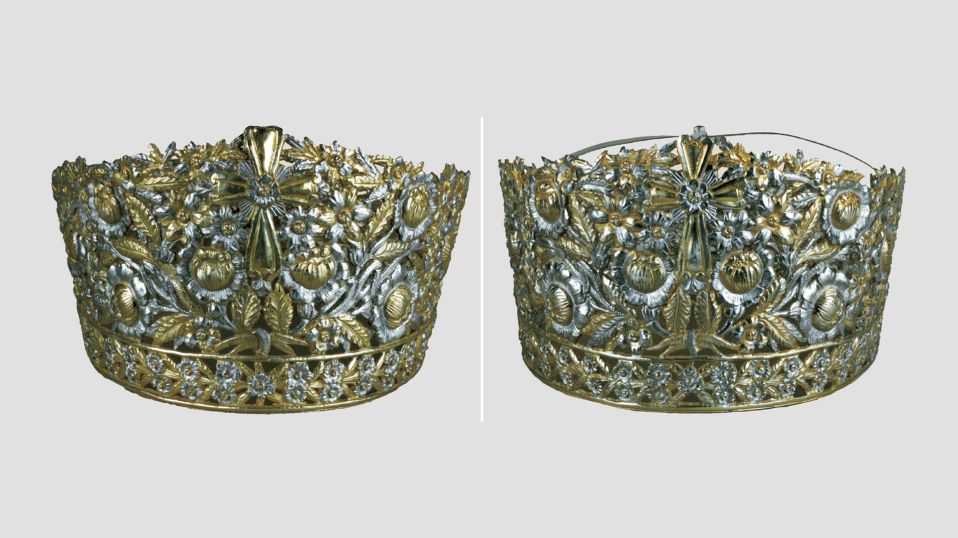
In every day life, the primary destination of woman is to create a family. Normally, she spends most of the day at home, where she is involved with parenting and daily chores, such as cooking or spinning and weaving.
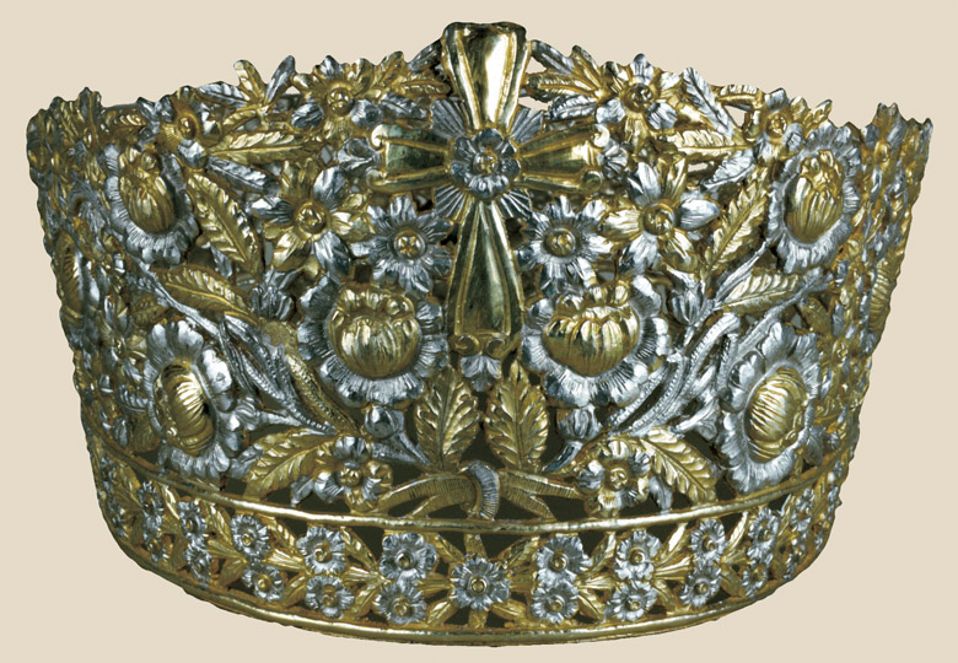
Silver wedding crowns. From Tarsos, Cilicia, 1900. The crowns of this type were kept in the treasuries of the Churches and were used in every marriage.
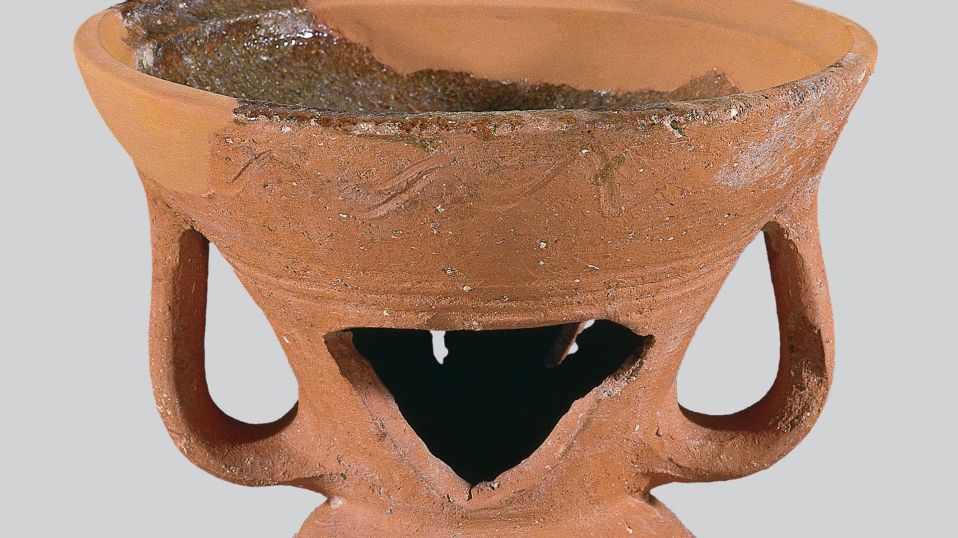
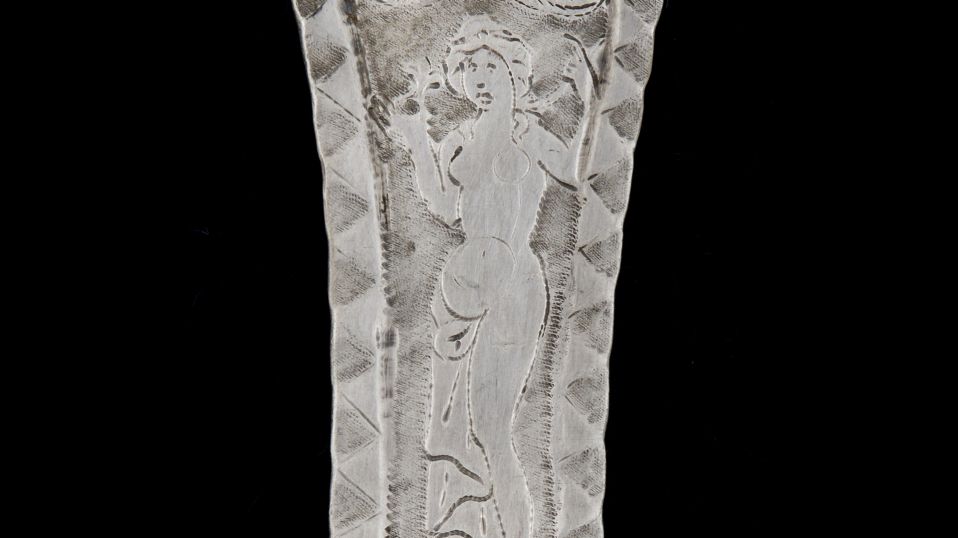
In every day life, the primary destination of woman is to create a family. Normally, she spends most of the day at home, where she is involved with parenting and daily chores, such as cooking or spinning and weaving.
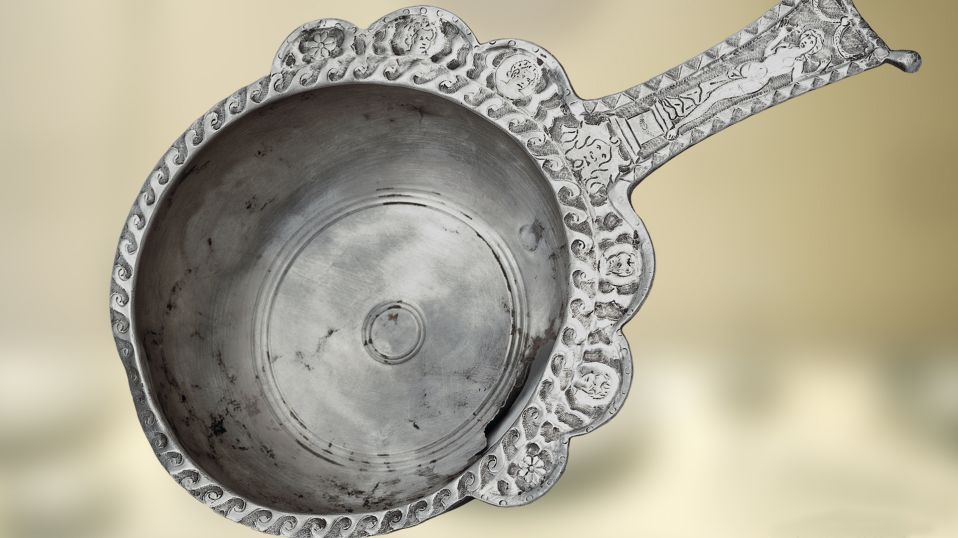
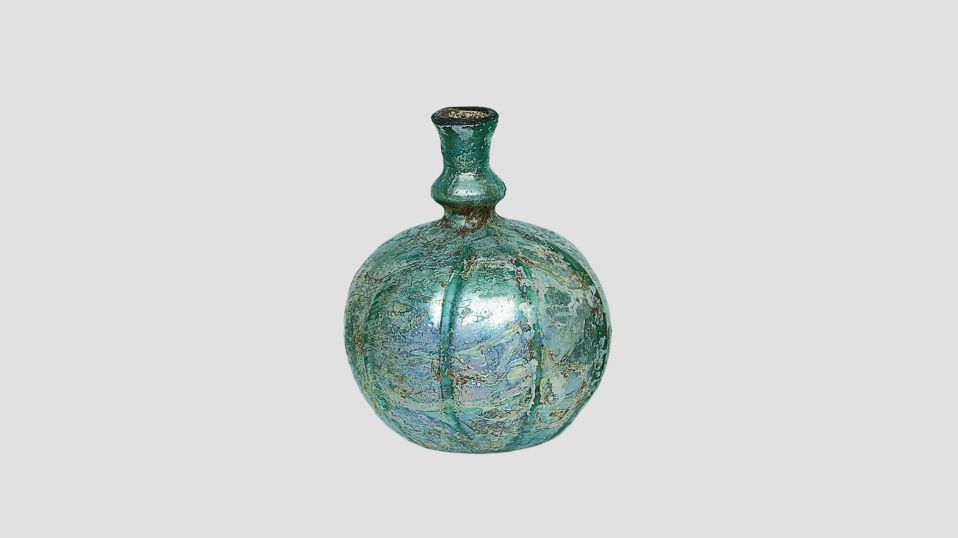
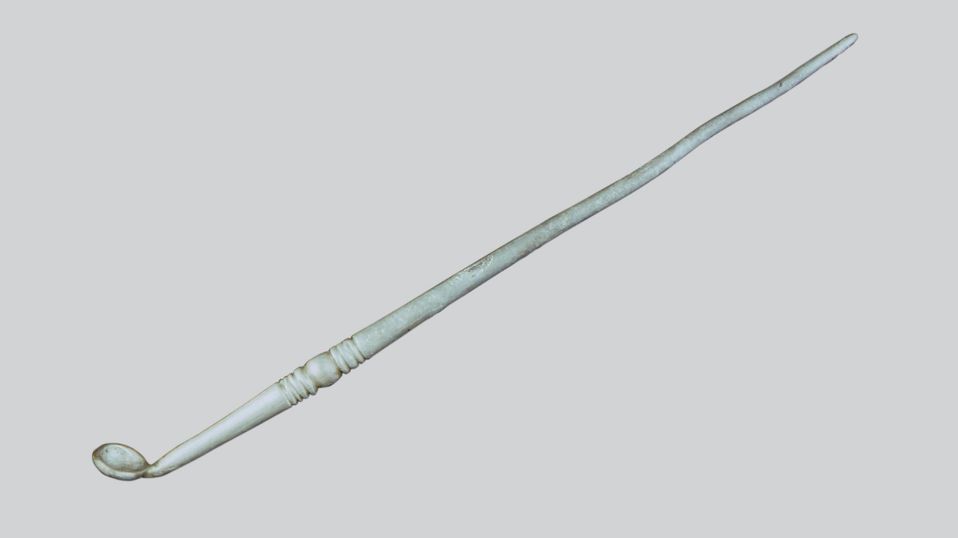
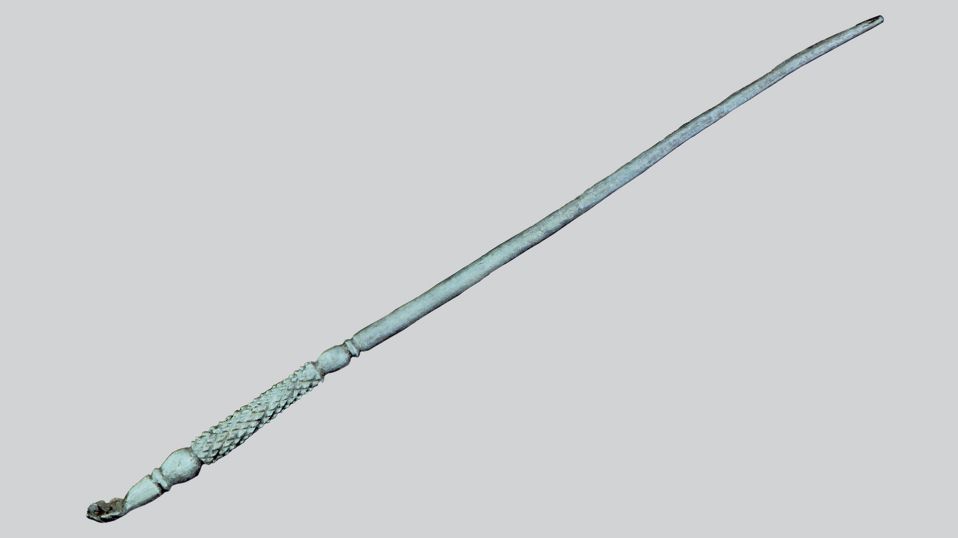
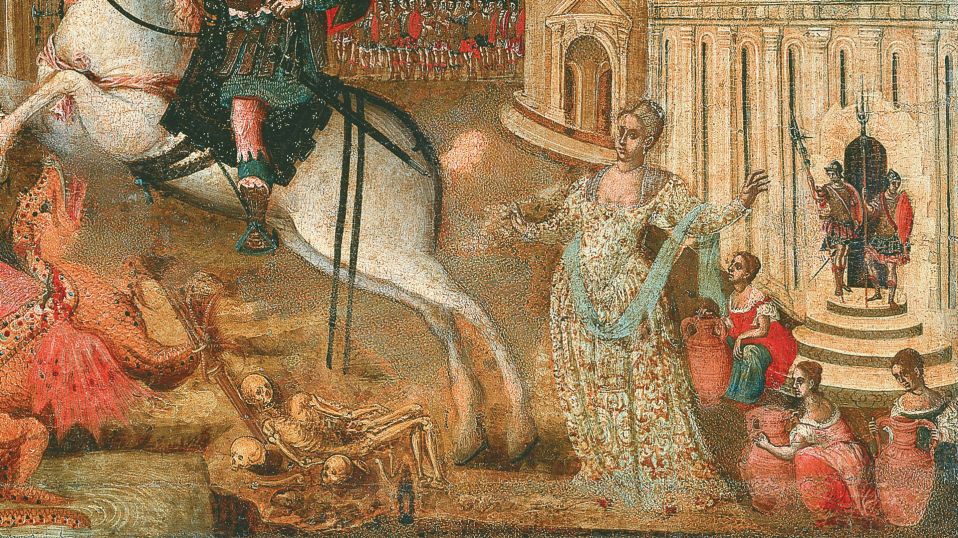
As in all places and all times, so in the Byzantine & post-Byzantine era there is social layering. The women belong to different social classes, according to their origin, their wealth or their education.
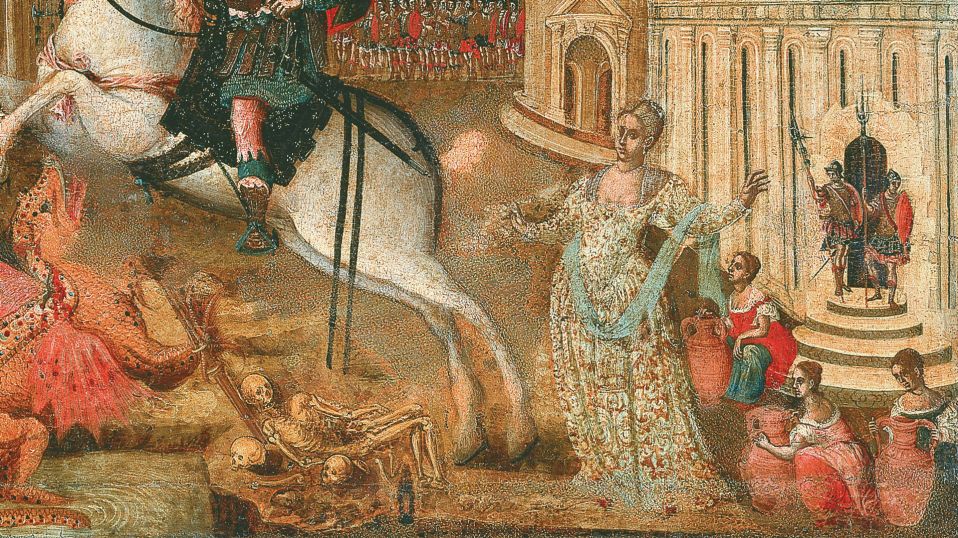
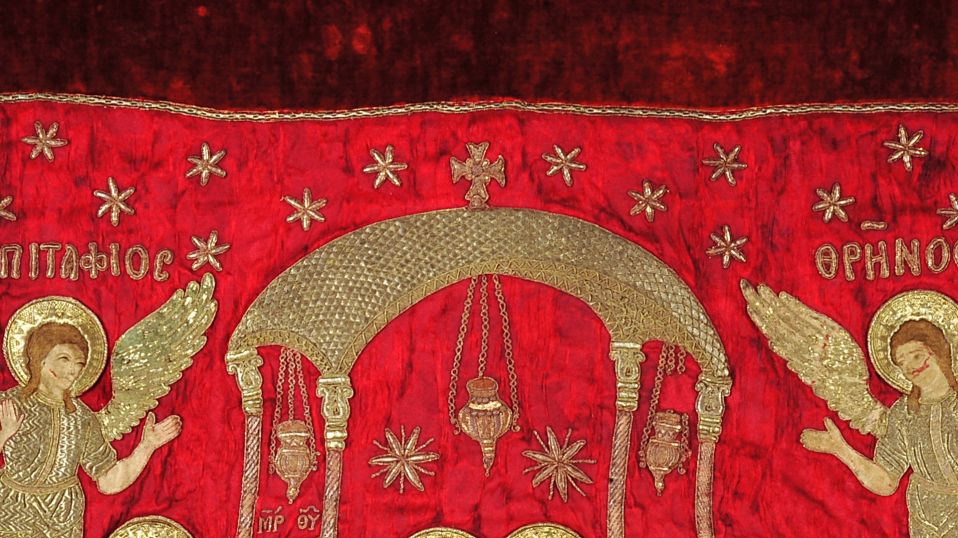
The women that belong to the lower social classes have to work in order to earn their living. The professions in which they can serve are not many but it seems that they have developed professional conscience and organization. For example the weavers in the middle Byzantine period (7th-11th centuries) are organized into guilds.
In the post-Byzantine era (15th-19th century) the women acquire the consciousness of the artist, as we can see from a series of excellent embroidery, signed by famous and proud of their work embroideresses from Constantinople.
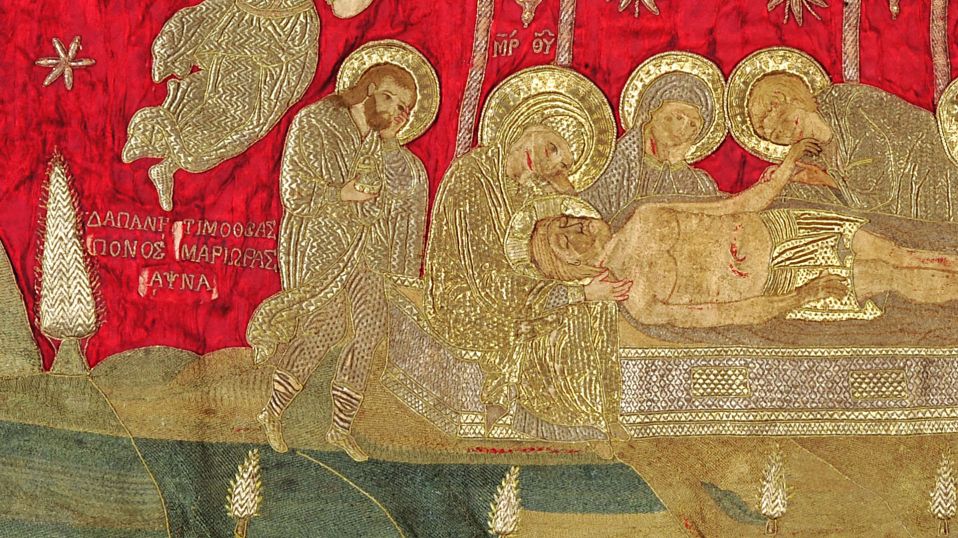
Gold-embroided Epitaphios (liturgical veil). According to the embroidered inscription, the piece was donated by Timothea and executed by Mariora. 1751.
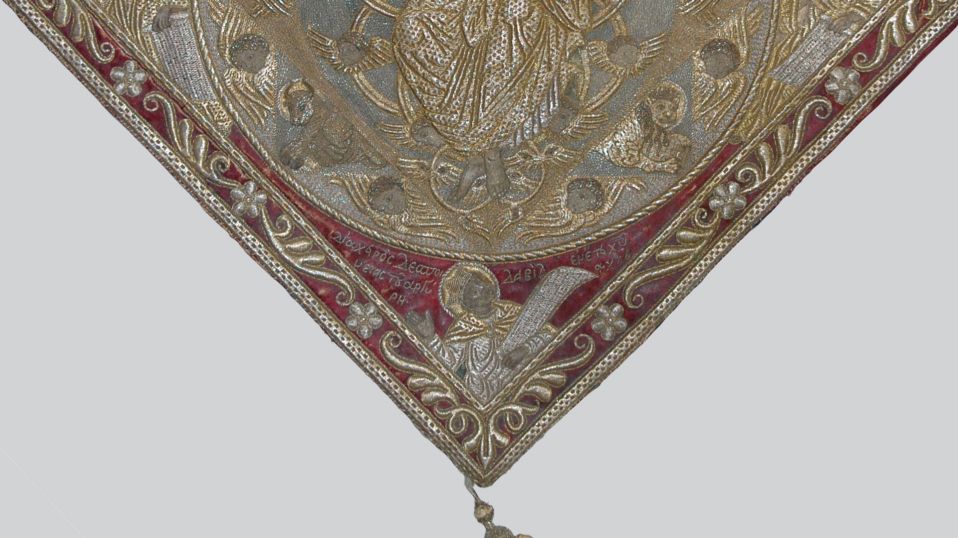
Epigonation (part of a priest's vestments), 1689. According to the inscription, it is the work of Despoineta of Argyris, who was embroideresse in Constantinople.
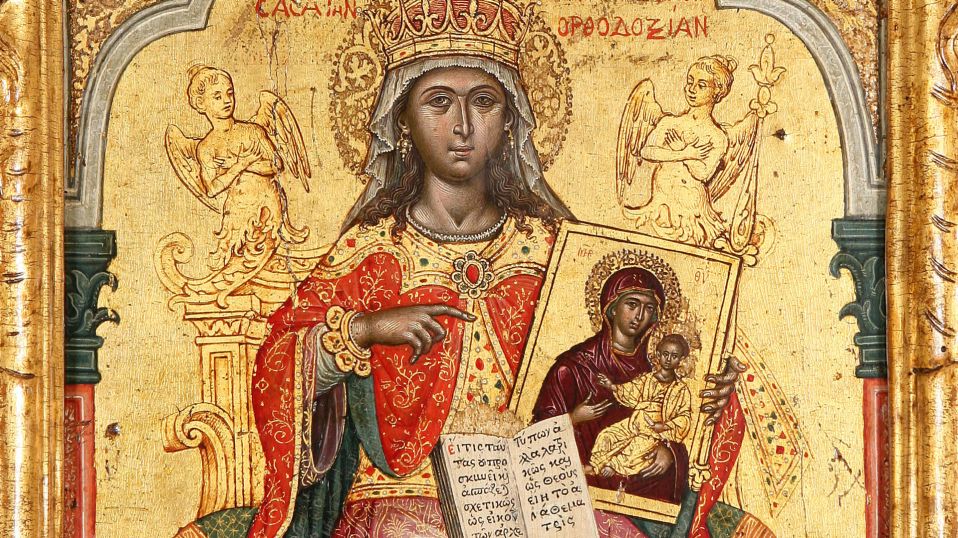
In addition to the housewives, the craftswomen, the workers or the noble ladies, there were Byzantine women that ascended to the upper society classes and were crowned empresses, as Theodora, which became not only an empress but also a saint (9th c.).
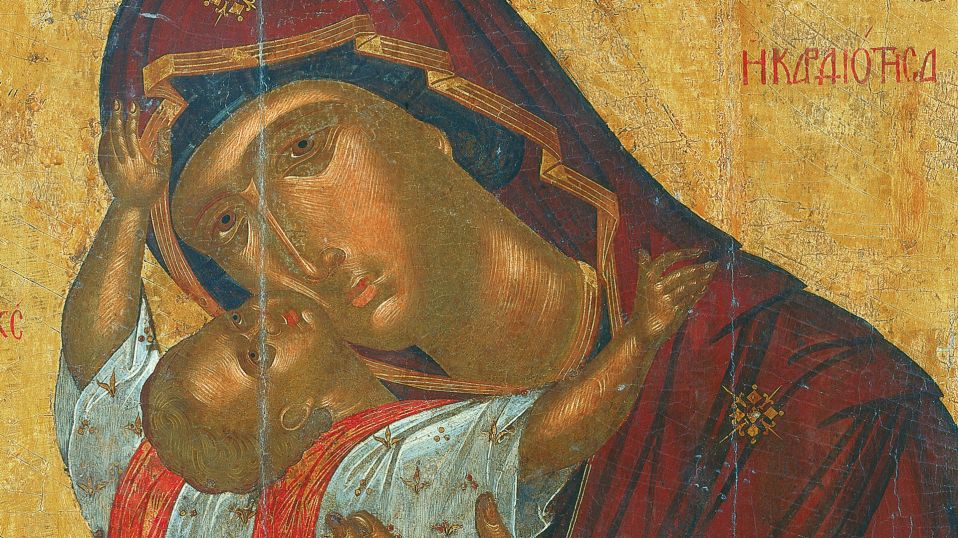
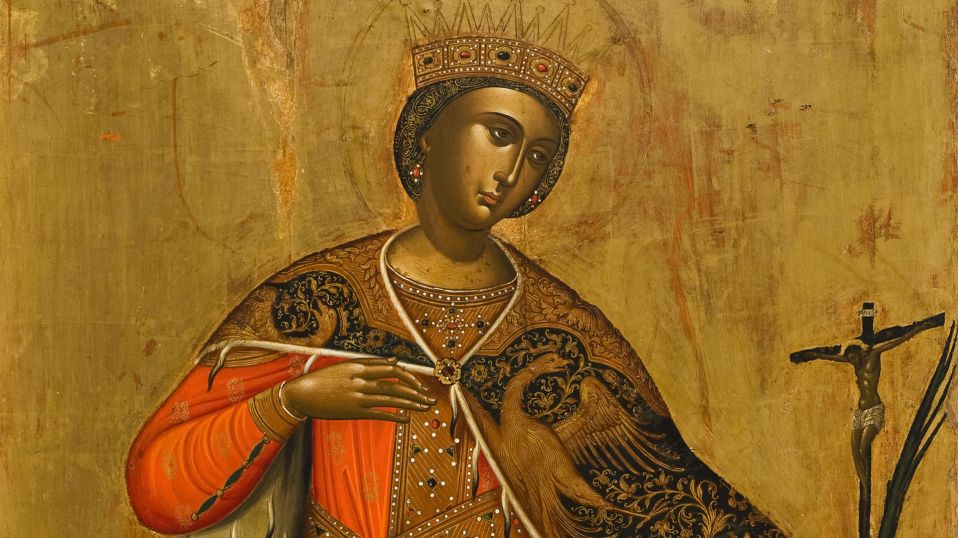
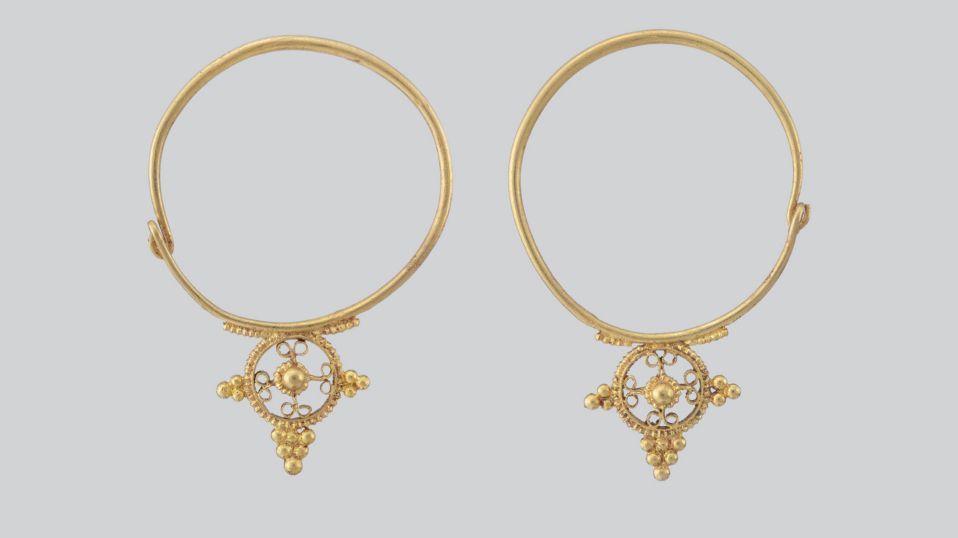
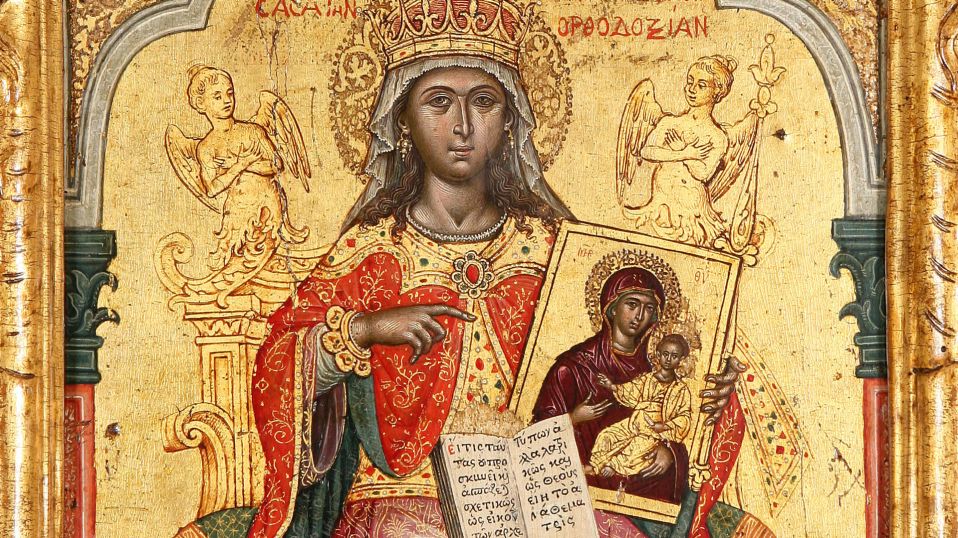
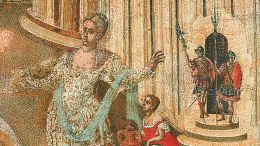
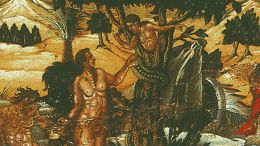
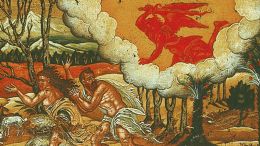
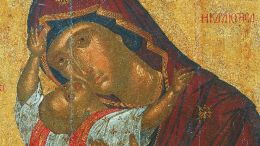
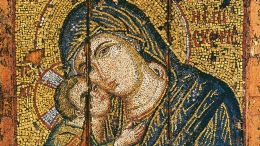
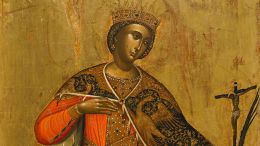
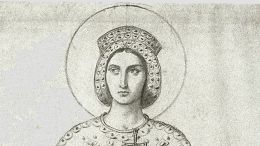
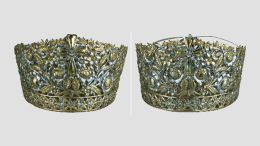
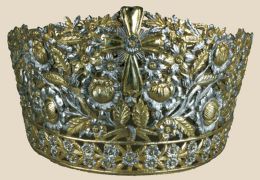
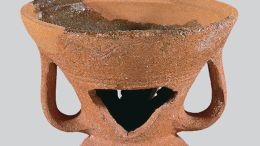
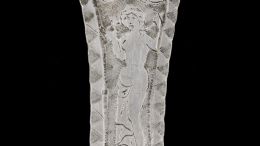
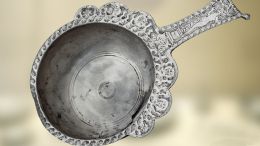
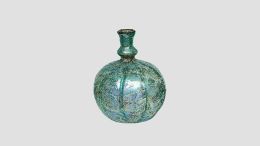


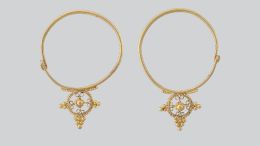
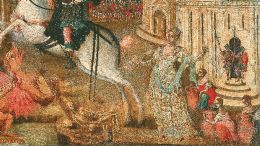
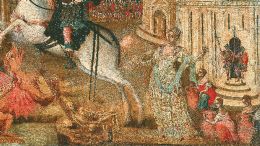
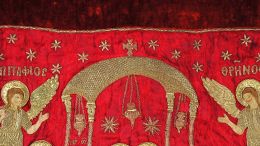
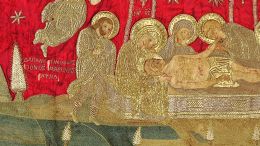
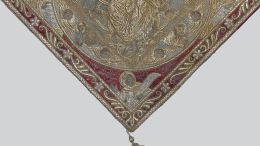
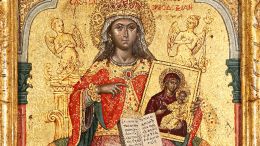
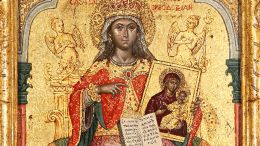
Comments
Users must be registered and logged in to comment.
No comments found.